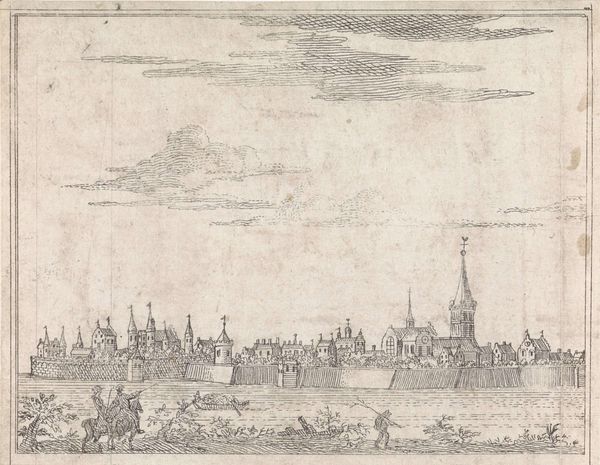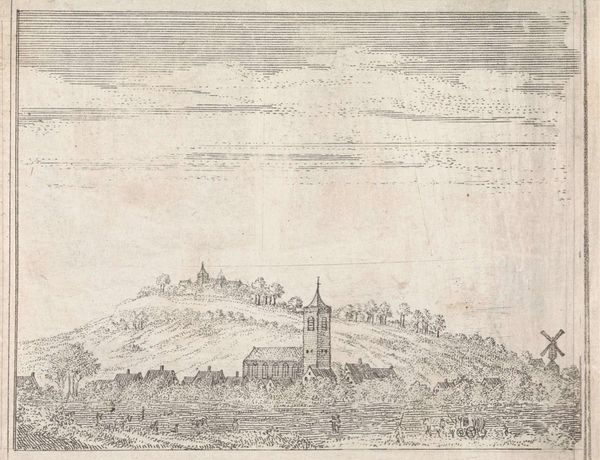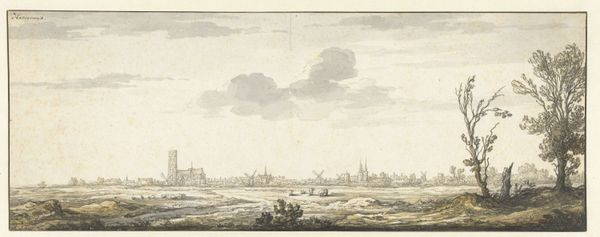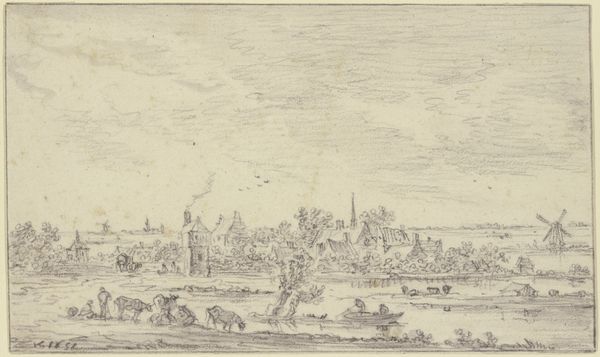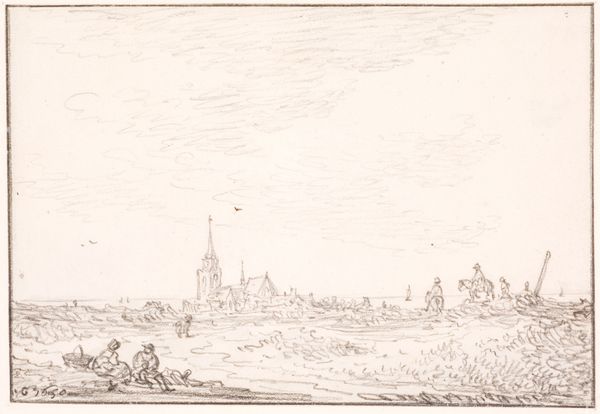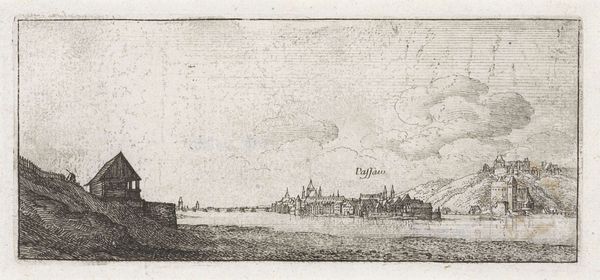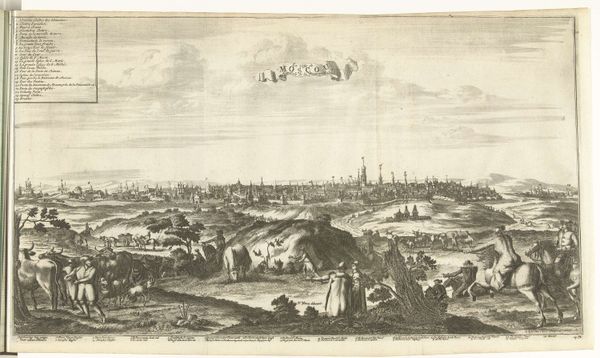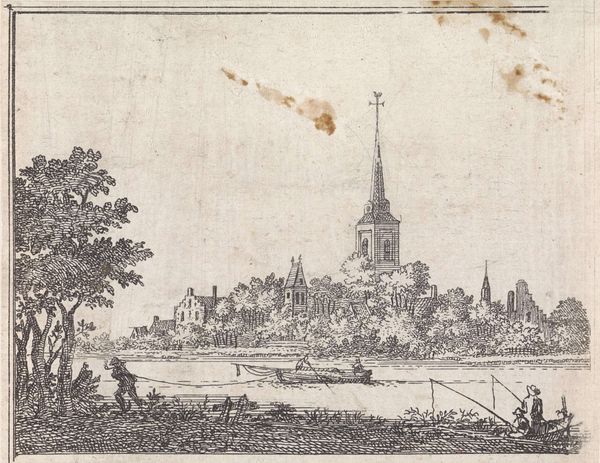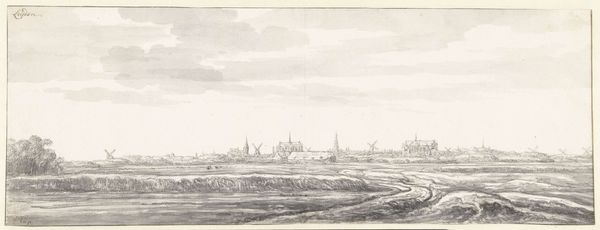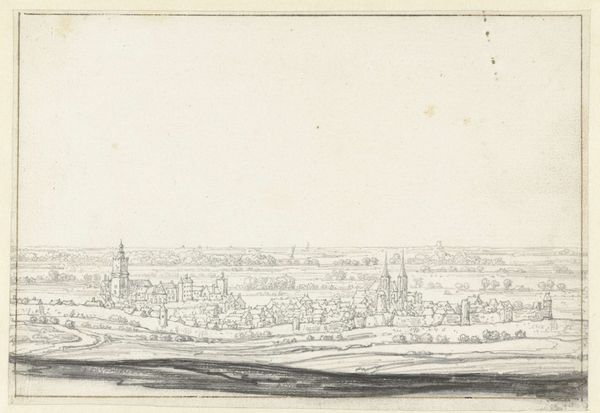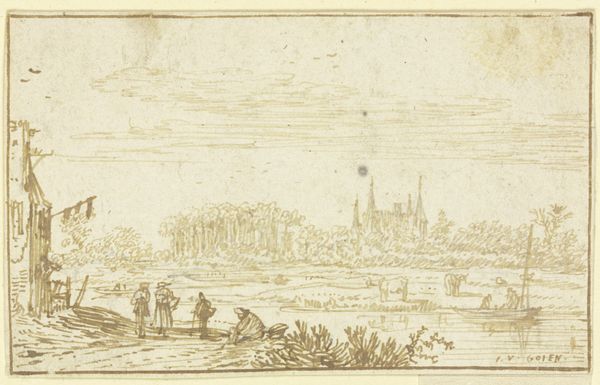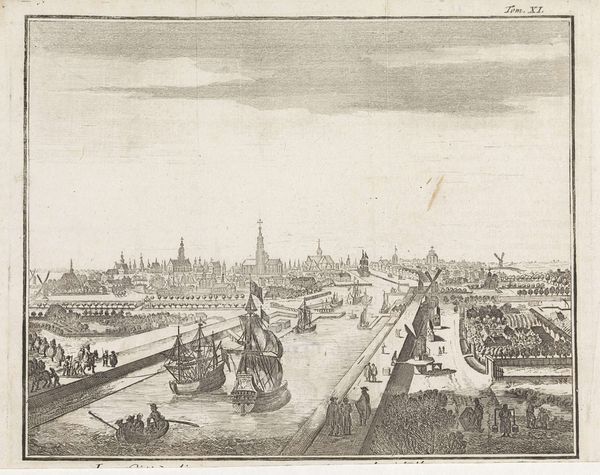
etching
#
dutch-golden-age
#
etching
#
landscape
#
etching
#
cityscape
Dimensions: height 63 mm, width 80 mm
Copyright: Rijks Museum: Open Domain
Editor: This is "Gezicht op 's-Heerenberg," an etching by Abraham Zeeman from 1730. It’s a cityscape, very delicate in its rendering. The lines are so fine. How should we interpret the historical context of this kind of image? Curator: It’s essential to see this etching within the context of Dutch Golden Age landscape art and its evolving role. Etchings like these were often commissioned by or for civic authorities. What message do you think such a cityscape conveys to the public? Editor: Pride in their town, maybe? A sense of order and prosperity? Curator: Precisely! These images were often used to project an image of civic pride, stability, and progress. Think about the intended audience: local elites, potential merchants, even foreign dignitaries. The placement of prominent buildings and landmarks becomes strategically important, wouldn't you say? What elements of the composition strike you as significant in promoting that image? Editor: The church spire, standing so tall and dominant in the centre, and the windmills on the side – suggesting economic activity and, therefore, the town's prosperity. The low vantage point also makes the city seem grander. Curator: Exactly. Zeeman's choice to use etching also allowed for wider distribution and access. We should remember that even seemingly straightforward depictions like this cityscape participate in a broader political and economic landscape. What do you think you will remember most about this artwork? Editor: Thinking about the "why" behind the art, who it was made for, and how that influences what is shown. Curator: And how those choices impact its historical value and reception! This deeper understanding makes the art piece so much richer, wouldn't you say?
Comments
No comments
Be the first to comment and join the conversation on the ultimate creative platform.
